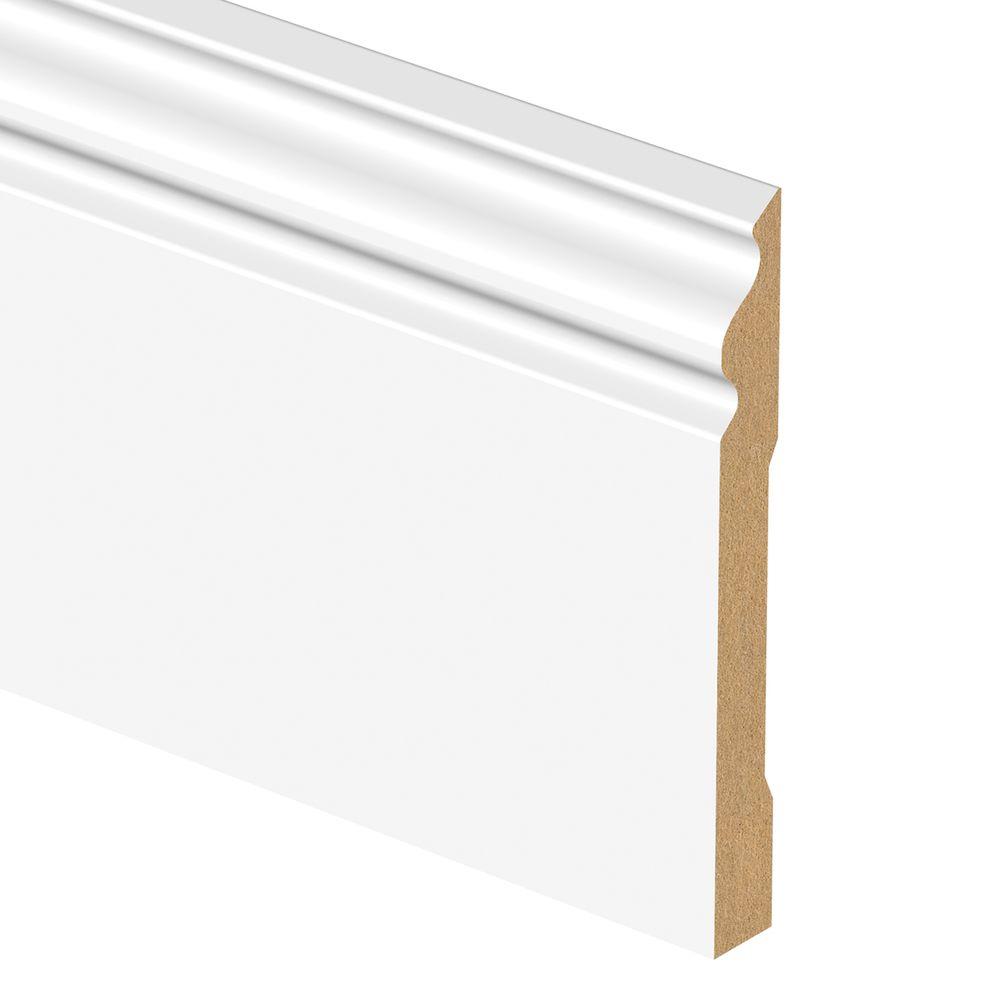Does Trim Always Need to be White?

Is there a religious cult that dictates that all trim–door and window trim, baseboards, crown molding–must be painted white? Because you see white trim everywhere, you might think that there is a design bible that says that interior trim must be white.
Is this really necessary? What fate will befall you if you paint trim anything other than white?
Best Answer
No, trim does not always need to be white. Trim can be painted the wall color, darker than the walls, left as natural wood, or in a few other variations.
Because
My theory is that white gets established as the trim color of choice for two reasons:
- Trim Comes Primed White: What comes white stays white. What I mean by this is, people often will install primed white trim with the perfectly logical and well-meaning intention of painting it with real paint. Real trim paint is a sheen that is semi-gloss or higher sheen, even glossy. Also, primer is thin and barely even a coating. Real paint forms a protective shell. But often, it’s tempting to let white-primed trim stay that color because–well, it doesn’t look at that bad to begin with.
- It’s Easier for Builders: Even when trim does get painted with real paint, builders favor it because it is flexible and will go with just about any wall color. This point is discussed more below.
Painting trim the same color as the walls has the advantage of saving you from using two different kinds of paint. Wall paint and trim paint are the same paint. This will not work well when using flat or matte paint, as this sheen is difficult to clean. So, if you use flat for the walls and the same color but in semi-gloss or gloss sheen for the trim, you are still effectively using two different kinds of paint.
Trim that is any shade darker than white will be easier to clean than white.
Qualifiers
The main proviso is that when trim is anything other than white, you may need to change it again when you change your wall color.
Jennifer R. Mendelsohn (below) makes the great point that white-painted trim isn’t valuable so much because it is white but because it is neutral. No, I’m not using “neutral” in the same sense as that class of colors called neutrals. What I mean is that, if you decide to change out your wall color, white will always go with it. You are not forced to change your trim color along with your wall color.
Another point to consider: if you want your windows and doors to stand out, white acts as a border to help sharpen the division.
Best Sources
Jennifer R. Mendelsohn, ASID, says, “…ask yourself ‘Why does the trim need to be white?'” This is not a rhetorical question, either. She really means it. One answer, she says, is that it “…allows for the repainting of walls without changing the trim color.” She also goes on to say that, if this is the reason, why not consider that other repainting-neutral color: black?
Maria Killam: Paint Your Walls and Trim White (or Cream)
Killam’s blog Colour Me Happy notes that white trim “shows off the depth and tone of the pretty wall colour.”